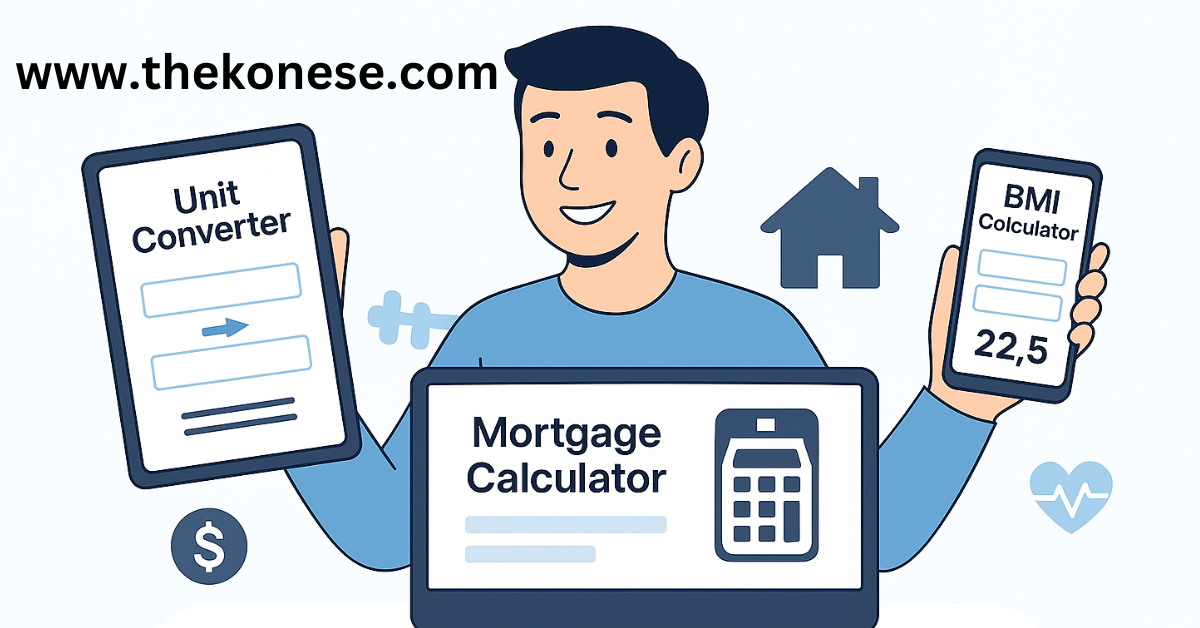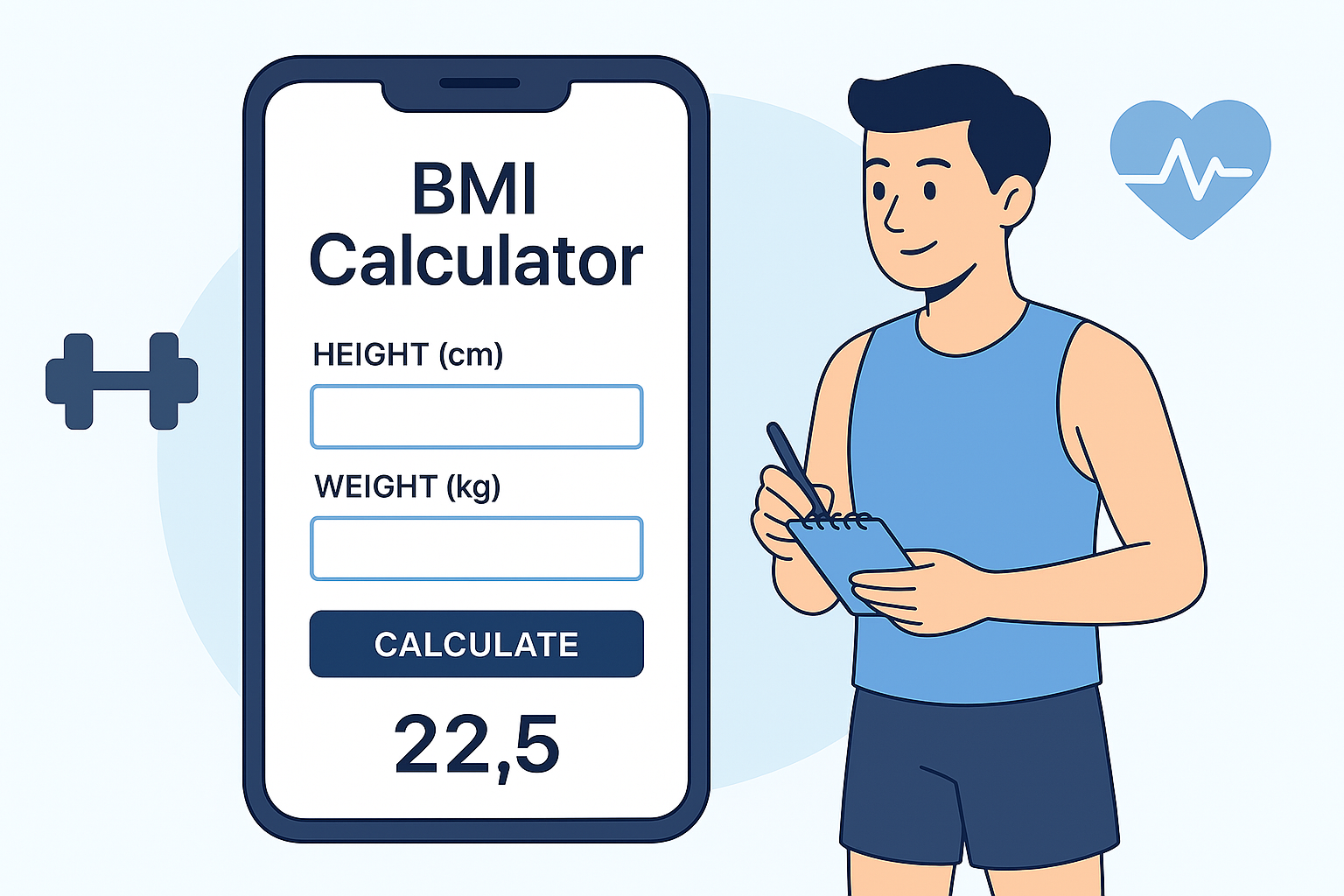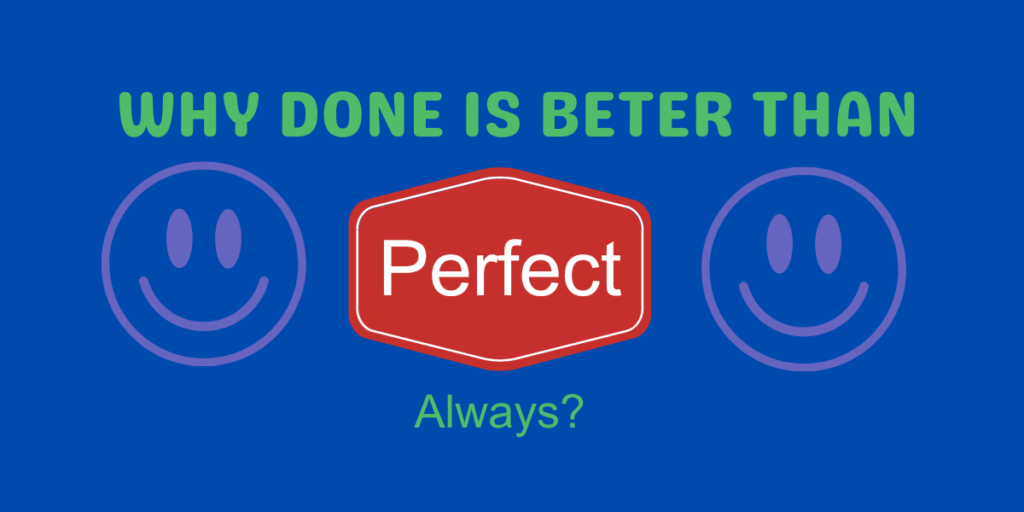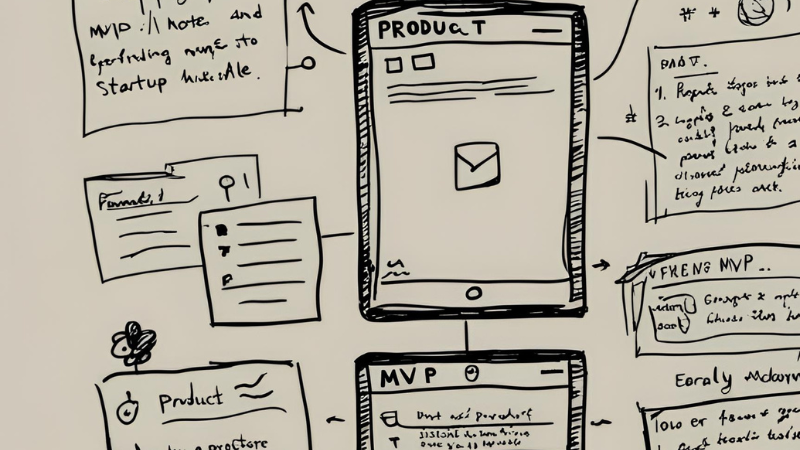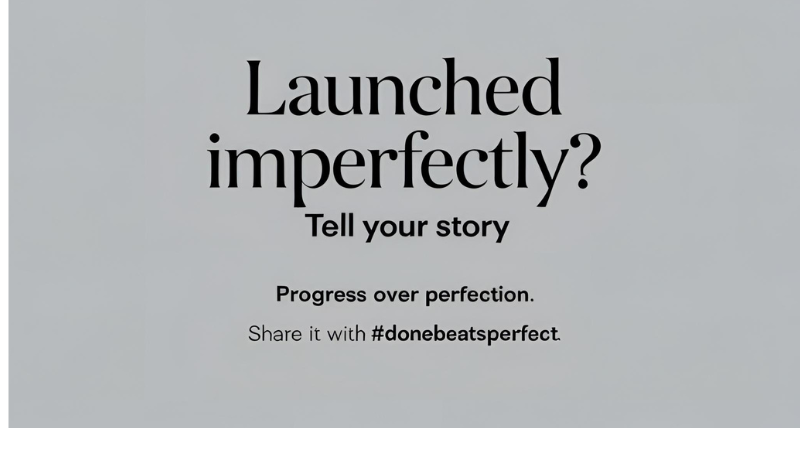Why consistency beats motivation?
(Reminder: Some links may be affiliate links, and I may earn a commission if you make a purchase — this helps support the blog and keep things going.)
Motivation is great when it’s there. But let’s be honest, it doesn’t always show up when we need it most. One day you’re fired up, full of ideas, and knocking things off your list. The next day? You’re staring at a blank screen, wondering where that energy went. And in those moments, waiting around for the mood to strike is usually a losing game.
That’s why consistency > motivation, every single time.
When I started building something for myself – this blog included – I realized that quick wins feel good, but habits are what keep things moving. The real secret? Don’t wait to feel ready. Instead, create a rhythm you can stick to, especially when you’re not in the mood. That rhythm becomes your foundation — a quiet force that keeps you moving forward, even when everything else feels stuck.

✅ 1. Set Micro-Goals
Telling yourself, “I need to write a blog post today” can feel overwhelming. Suddenly your brain starts spinning: What topic should I pick? Will it be good enough? How do I start? The pressure piles up fast, and that leads to delay—or worse, complete avoidance.
Instead, simplify. Break it down into something so small, it feels almost too easy to fail.
Tell yourself: “I’ll just write 100 words.” That’s it. Not edit. Not publish. Just start typing. Let the faucet drip. Quantity leads to quality — eventually.
You’d be surprised how often those 100 words turn into 300 or more. But even if they don’t, you showed up. That counts. It’s the tiny steps, repeated often, that form creative momentum.
✅ 2. Build a Routine
Habits > bursts of energy. We all get hyped for a fresh start, but that fire fades. The trick is to work even when the spark isn’t there. That’s where routine comes in.
Whether it’s 10 minutes in the morning or a focused Sunday hour, pick a consistent time and protect it. Make it sacred. No excuses, no negotiations. It becomes your creative anchor.
Even when it feels like nothing’s happening, just showing up keeps the flywheel turning. It also shifts your identity from someone who wants to write (or build, or exercise) to someone who does it. Identity-based habits stick better because they’re tied to who you believe you are—not just what you want to do.
[Must Read: James Clear’s article on identity-based habits]
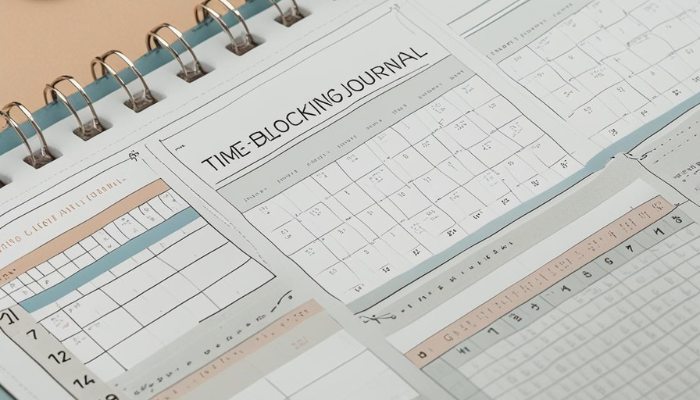
✅ 3. Don’t Aim for Perfect
Waiting for perfect = procrastination in disguise. Seriously. “Perfect” becomes a comfortable excuse that protects us from the vulnerability of starting.
Perfection is a moving target. Instead, aim for progress. Get your thoughts out, publish them, and polish them later if needed. Or don’t — let them exist in their raw, real form. That’s often more relatable anyway.
If you’re working on something physical, like fitness or posture, the same rule applies. Don’t overthink the gear, the routine, or the “right” way to start. Just begin. Use what you have. Start where you are.
Affiliate Recommendation: This [Posture Correction Belt] helped me during long work-from-desk days.
(Note: I may earn a small commission if you purchase through this link — at no extra cost to you.)
✅ 4. Track Tiny Wins
Progress hides in small steps. The problem is, we forget them. Our brains are wired to remember the big milestones but not the daily grind that got us there.
Start tracking. Even a simple notebook or app where you jot down:
- Wrote 100 words
- Posted on LinkedIn
- Walked 15 minutes
These tiny wins, stacked up, become real progress. They give you momentum. They also remind you that you’re already on the path, even if you haven’t “arrived” yet.
[Watch this space for a my post on online digital tool]

✅ 5. Forgive the Off Days
You’ll miss a day. You’ll mess up your streak. You’ll feel blah and barely want to open your laptop. That’s normal. That’s life.
The mistake isn’t falling off; it’s quitting altogether. Consistency is not perfection. It’s just showing up more often than not. That’s enough. Progress allows for pauses. What matters is the return.
Give yourself grace. Reset. Keep moving.
Final Thought: Keep Showing Up
If you’re in that dip right now where motivation feels completely out of reach — I get it. We all hit that wall. But the only way out is through. One small step, one micro-goal, one messy but honest effort at a time.
One day you’ll look back and realize how far you’ve come, not because you felt fired up every day, but because you kept showing up even when you didn’t. That’s the real flex.
[The Science of making and breaking habits]
[Posture correction belt helps correct your posture, try]

